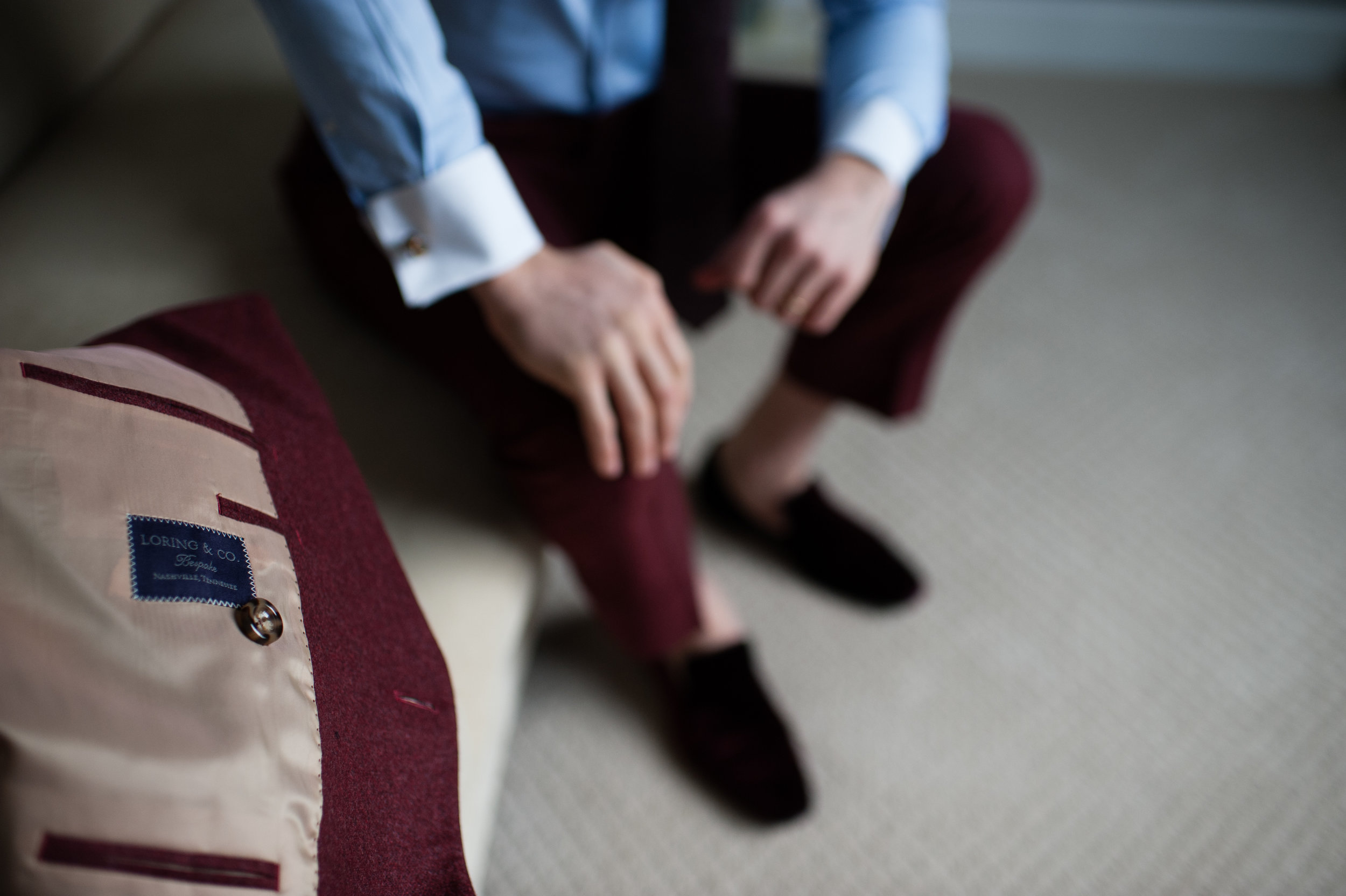Building a wardrobe can be a daunting task, but it doesn’t have to be! We’re going to discuss ways to build a wardrobe that is simple, affordable, timeless, and creative.
Clothing has always played a vital role in our lives. As fashion designer Ralph Lauren has said, “Fashion is not necessarily about labels. It’s not about brands. It’s about something else that comes from within you.”
But shouldn’t we be judged by the integrity of our hearts, and not the outward appearance of our person?
Absolutely.
However, as self-respecting people, our appearance is important. Others use our appearance to judge whether or not it is safe to interact with us, or to decide if we are trustworthy and professional enough to do business with.
If you were to walk into a job interview wearing a stained white polo shirt, burgundy shorts, socks, and flip-flops, there’s a good chance you wouldn’t be hired. Even though some might say there’s never an appropriate time for that outfit, we can all agree that a job interview is definitely not the occasion.
When considering what to wear, think about the message you’re trying to convey. Do you want people to see you as a successful businessman, or as a student who woke up late to their 8am class? Maybe you want to communicate that you’re an artist with no limit to your style, or a gentleman with traditional taste.
Whatever the case, there are a few things you should include when building your wardrobe.
Step 1: The fit
When building a wardrobe, always start with the fit. It’s the most important element of style. This also includes measurement, quality, color, and accessories.
Knowing your measurements—or, more importantly, having a tailor who knows your measurements—is vital to your appearance. A proper fit is the trick to looking your best. Style is defined not by the fabric or details of what you wear, but by the way a garment conforms to your body. "Style is a way to say who you are without having to speak" (Rachel Zoe).
Your clothing should positively accentuate your best features and be appropriate for the occasion. It represents who you are, not the other way around.
Here’s an example of prioritizing fit first. The jacket is snug but comfortable, with each piece forming to his body.
Step 2: Take inventory of your styles
The next step is to determine what styles you’ll need to begin and complete your wardrobe. The goal is to build an interchangeable wardrobe that allows you to add different patterns and shoe colors, but always start with classic styles. These are timeless outfits which are versatile for many occasions and settings. Some examples are grey, navy, and charcoal suits that are perfect for wearing to the office, out to lunch with friends, or even for a day off.
It’s about quality over quantity. If you agree that a book should not be judged by its cover, the same could be said for a suit. Higher quality clothing isn’t just defined by the value of the fabric, but more importantly by the virtue of its structure. Just like a well-constructed home, the foundation of a garment makes all the difference in its comfort and drape.
Color, similarly, has always played an important role in fashion. The purpose of color is to enhance or accent an outfit, not to project or be the main focus of a garment. Knowing which color combinations are foolproof helps as well. Most rules in fashion are somewhat bendable, but you seldom go wrong with monochromatic choices. If you build a wardrobe with these options, you won’t have to worry about having the right clothes to wear.
Here’s a quick review of this section:
Look for timeless outfits that are versatile (e.g. grey, navy, and charcoal suits).
Higher quality clothing isn’t just about fabric, it’s about structure.
Color is meant to enhance or accent an outfit—and it’s hard to go wrong with monochromatic.
Step 3: Finishing touches
Once fit is taken care of, and you’re becoming more confident with your styling, consider accessories. A blog from The Idle Man makes a great point that, “A good accessory is more than just an extra element to your outfit, it’s an integral part of your style.” While this is true, remember not to choose anything that’s overly flashy. Look for accessories that will accentuate—not detract—from your appearance.
Notice in this photo how both the watch band and tie make the navy of the suit pop, whereas it may have been unremarkable without these accessories.
Closing remarks
Keep in mind that these “rules” are just opinions. Everyone has different tastes, experiences, and interactions regarding clothing and fashion. This article is meant to give you an informed view and some professional tips on what a gentleman’s wardrobe includes. We want you to look and feel great in your clothes. An added benefit is cultivating a style that should increase your personal and professional success.
Following these guidelines, you can build your wardrobe with pieces that are timeless, informed, and remarkable to friends and coworkers.
Getting started has never been easier.
Create your custom suit.
Our experienced and friendly tailors will help you design a custom suit that fits you perfectly.






